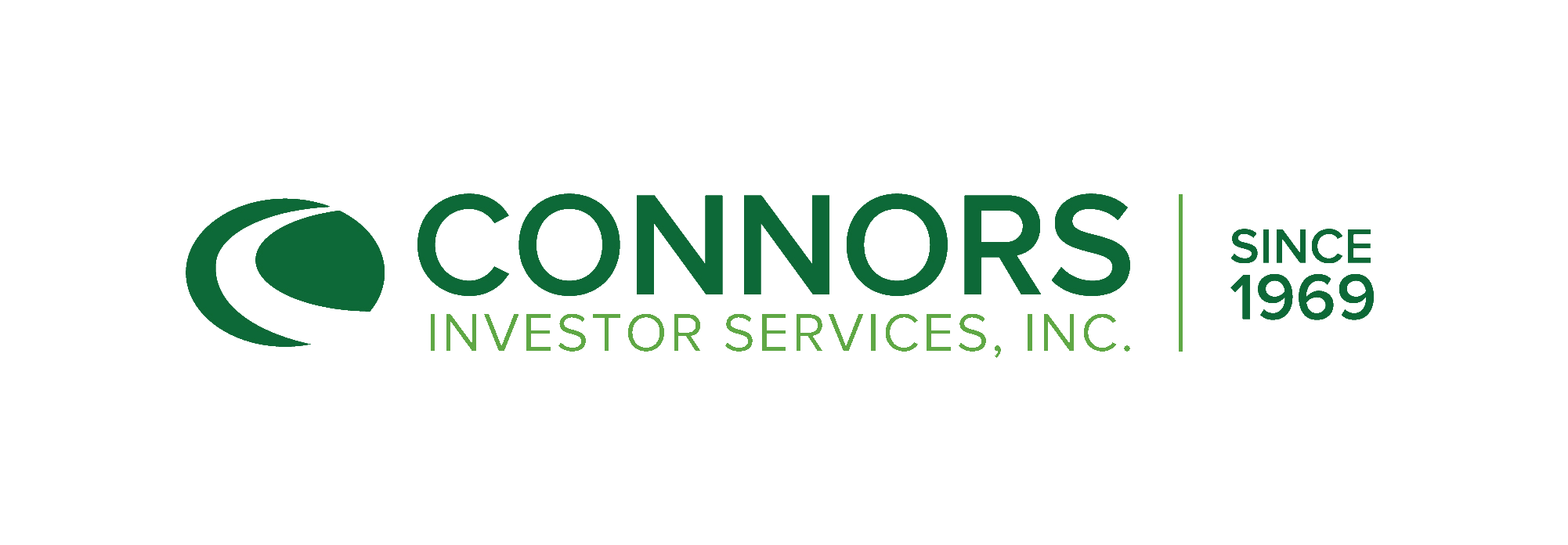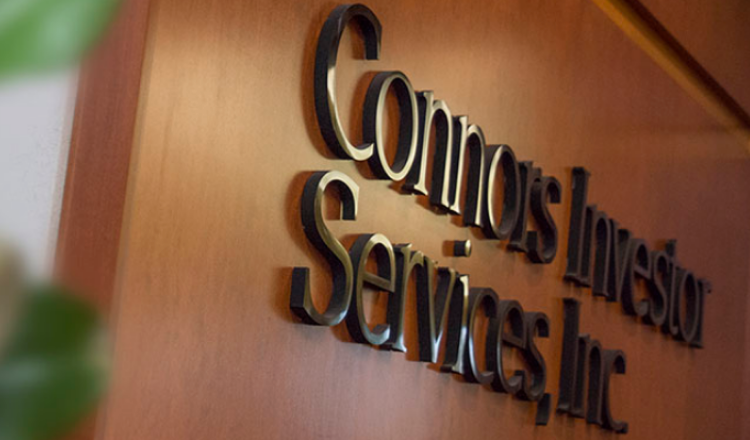2024 Q1 Connors Hedged Equity Fund (CVRDX) Quarterly Commentary
by Robert Cagliola, CFA and Robert Hahn, CFA, on Jun 5, 2024 10:31:01 AM
Market Commentary
Leo Tolstoy once wrote, “The two most powerful warriors are patience and time” in his famous novel War and Peace. In this quote, the author reminds us that worthwhile things often take time to come to fruition. Last year, this quote applied to waiting for the Fed to pause its rate hike program. Last year, the market delivered a 24% return to patient investors, as indicated by the S&P 500® Index, despite the Fed maintaining a higher for longer message until October. Similarly, in Q1, the market rallied an additional 10% despite the Fed pushing out rates until inflation further subsides towards its target. Although entering the year, investors anticipated rate cuts beginning in March, rate cuts are now not expected until at least June, as exemplified by the final Q4 GDP reading of 3.4%. Solid economic growth has given the Fed the luxury of being more measured in cutting rates, similar to its approach to ending its rate hike program. The market has continued to rally despite increasing 10-year Treasury rates that climbed 40 bp to end the quarter at 4.2%. We will continue to closely monitor 10-year Treasury rates as this was a key driver of the market sell-off last Fall when the 10-year Treasury rate topped 5% in October.
The market broadening began during the Q4 rally and continued into Q1. While some of the Magnificent Seven stocks continued to outperform the market, there was dispersion amongst them, with Apple and Tesla in particular down 11% and 29.3%, respectively, as both company’s growth prospects came into question due to the slowing of their end markets as well as weakness in China. While the Tech Sector continued to exhibit strong performance, outperforming sectors for the quarter included cyclical sectors such as Financials, Industrials, and Energy. Oil prices rebounded due to supply cuts from OPEC as well as geopolitical concerns in Russia and the Middle East. While inflation has declined substantially from its peak of 9.1%, it has remained stubbornly above the Fed’s target of 2%, reflected in the March CPI of 3.5% year-over-year. Much of this persistence comes from rising energy costs along with housing and motor vehicle repair. The core CPI, which excludes food and energy, was up 3.8%. The sticky inflation readings increase the likelihood that the Fed will remain steadfast in maintaining current levels of interest rates until further signs of easing pricing pressures can be seen, especially given the solid GDP growth and low unemployment. Given this backdrop, top sector performance in the quarter included Communication Services, up 15.6%; Energy, up 12.7%, followed by Technology at 12.9%. Underperformers were led by REITs, which was the only sector to decline by 1.4% due to higher interest rates. While all other sectors were up during the quarter, Utilities, Consumer Discretionary, and Consumer Staples underperformed the market. Though we could see some near-term market retracement, particularly in some extended growth stocks, given the continued rally through the first quarter, we expect further upside in 2024 if rates and inflation continue to moderate and the market continues to broaden.
Portfolio Positioning
We continued to be active and nimble through the quarter, executing several portfolio adjustments while staying in tune with the broadening participation in economically sensitive sectors. With that in mind, we increased our exposure to Financials with the purchase of Bank of America (BAC, representing a 1.8% total portfolio weighting). The bank has been a consistent operator trading at a reasonable multiple relative to its peers while building out its digital banking platform and improving upon a diverse revenue stream (notably in wealth management and capital markets) while maintaining a strong capital position. We also initiated a position in Disney (DIS, 1.0%), given its focus on achieving profitability within the streaming service segment and a renewed focus on expense management. Tyler Technologies (TYL, 1.6%) was purchased for its unique positioning within software for the state and local government markets, which provides information management services in an area very much in need of efficiency improvements. Municipalities, although slow to move, currently have the balance sheets to move forward with an eye on future expense control (automation vs labor). Looking toward non-economically sensitive sectors, we purchased Thermo Fisher Scientific (TMO, 1.2%), a supplier of lab testing equipment for the biopharma and mature large-cap pharma space. We believe demand is starting to inflect higher coming out of an uncertain 2023, given the IRA bill’s impact on new capex initiatives. Finally, we purchased Verizon (VZ, 1.7%), given the improved number of postpaid subscribers and reduced need for capex, and therefore, the improved free cash flow supported a solid dividend. In addition, fixed wireless access (FWA) is showing momentum now that the 5G buildout is complete. Other purchases executed in order to weight up partially called-away positions included Meta (META, 1.5%), Advance Micro Devices (AMD, 1.0%), Microsoft (MSFT, 6.0%), Salesforce (CRM, 2.3%) and Merck (MRK, 2.0%).
Purchases were funded with the sales proceeds from Nike (NKE, 1.8%), Zoetis (ZTS, 1.6%), and several positions partially called away. We exited Nike due to warnings signs of slowing sales in China and reduced traction with direct-to-consumer initiatives in the U.S. Zoetis was sold due to concerns over competition from a rival firm and overall slowing in veterinary visits while trading at a relatively expensive valuation. Positions partially called away included Advance Micro Devices (AMD, 2.6%), Costco (COST, 2.8%), Salesforce (CRM, 2.5%), Microsoft (MSFT, 5.6%), Merck (MRK, 1.7%), American Express (AXP, 2.4%), Meta Platforms (META, 3.6%), Emerson Electric (EMR, 2.2%), Nvidia (NVDA, 2.6%) and Stryker (SYK, 2.8%).
Call Option Premium
The VIX Index remained relatively stable throughout the quarter, moving in a range between 12 and 16 with a brief inter-day spike above 18 in mid-February. While near-term (1 month) volatility has stabilized, we are seeing higher volatility in longer maturity options through year-end, possibly a nod towards growing geopolitical and the U.S. election’s uncertainty. In addition, there’s been noticeably elevated call buying by individual investors seeking to participate in the current run-up in the market. As such, we raised our call option notional coverage in the mid to later part of the quarter as premiums reflect solid income 60 to 90 days out based on the higher volatility levels. Although not a dramatic repositioning, it is, nonetheless, a modest shift in the portfolio from the early to mid-quarter setup for upside recovery and additional market participation that was carried over from the previous quarter. While we continue to be optimistic in our outlook, we will continue to at least maintain, if not increase, notional coverage over the next several months to take advantage of the volatility and recognition that the market may be due for consolidation. At the end of the quarter, the portfolio average percentage written was 53%, while the average days to maturity of the call options at initiation were 96 days, with an 8.9% upside to strike prices. Premium generated for the quarter on a gross basis was 1.25%, annualizing to 5.1%, and a net basis of 0.47% for the quarter, annualizing to 1.9%. We note that in some cases, premium proceeds are used to repurchase existing options and roll out on the calendar, as well as increase strike prices to maintain existing underlying positions in order to maintain upside participation.
Protective Put Positioning
The notional value of put contracts ranged from 15% to 50% of the portfolio, ending the quarter at roughly 34%. Given the markets consistent run higher, opportunities to monetize put positions for a profit did not present themselves. Opportunities to increase and extend put protection (downside insurance) were taken advantage of at various times throughout the quarter during overbought readings within various market measures and given the relatively low costs to implement. Tactical positioning was minimal, while strategic (constant) put protection was maintained at roughly 20% of notional value. At the end of the quarter, put positions were a drag on performance by roughly 0.80%.
Outlook
While we believe that the market could see further upside in 2024, it may be due for some near-term consolidation after two consecutive quarters of strong stock market appreciation following the October lows. Aside from any potential near-term pullback, we believe that the market could work higher this year, though that will depend on further moderation of the inflation rate. The economy remains resilient and continues to exhibit better-than-expected growth and continuing strength in the labor market despite the Fed’s rate hike cycle. Rate cuts could fuel additional market upside, but inflation would likely need to decline further towards the target rate before the Fed considers rate cuts. Rate-sensitive industries such as housing would greatly benefit from any potential rate cuts or declines in the 10-year Treasury rate. Geopolitical events could prove to be a wild card this year with continued conflict in Ukraine and the Middle East. Energy prices have been impacted by the conflicts in the two regions, and higher energy prices could reduce the likelihood of rate hikes this year. We maintain a diversified portfolio and look for opportunities to add to positions that benefit from a broadening of the market and add to secular growers on any pullbacks. We remain opportunistic with our option positioning, adding premium by writing additional calls on any spikes in individual equities, and will allow oversold names to rebound to participate in potential upside in the underlying equities.
| The performance data quoted represents past performance. Past performance does not guarantee future results. The investment return and principal value of an investment will fluctuate so that an investor’s shares, when redeemed, may be worth more or less than their original cost. Current performance may be lower or higher than the performance data quoted. For performance current to the most recent month end, please call 833-601-2676. |
IMPORTANT INFORMATION:
Past performance is no guarantee of future results. As with any mutual fund investment, there is a risk that you could lose money by investing in the Fund. The Connors Hedged Equity Fund is distributed by Ultimus Fund Distributors, LLC. (Member FINRA) Connors Investor Services and Ultimus Fund Distributors, LLC are separate and unaffiliated. [17812948-UFD-01/22/2024]
This information is for use with concurrent or prior delivery of a fund prospectus. Investors should consider the investment objective, risks, charges, and expenses of the Fund(s) before investing. The prospectus and the summary prospectus contain this and other information about the Fund and should be read carefully before investing. The prospectus may be obtained by calling 844-ACFUNDS (844-223-8637).
The performance data quoted represents past performance. Past performance does not guarantee future results. The investment return and principal value of an investment will fluctuate so that an investor’s shares, when redeemed, may be worth more or less than their original cost. Current performance may be lower or higher than the performance data quoted. For performance current to the most recent month end, please call 833-601-2676.
This material is being provided for informational purposes only. Any information should not be deemed a recommendation to buy, hold or sell any security. Certain information has been obtained from third-party sources we consider reliable, but we do not guarantee that such information is accurate or complete. This report is not a complete description of the securities, markets, or developments referred to in this material and does not include all available data necessary for making an investment decision. Prior to making an investment decision, please consult with your financial advisor about your individual situation. Investing involves risk and you may incur a profit or loss regardless of strategy selected. There is no guarantee that the statements, opinions or forecasts provided herein will prove to be correct. Opinions are subject to change without notice.
Definitions
Out of the money: Out of the money refers to a call option with a strike price that is higher than the market price of the underlying asset, or a put option with a strike price that is lower than the market price of the underlying asset.
Investments in options involve risks different from, or possibly greater than, the risks associated with investing directly in the underlying securities.
Delta: The amount option is expected to move for $1 change in stock price.
The S&P 500® Index is a market capitalization-weighted index of 500 widely held stocks often used as a proxy for the stock market. Unlike mutual funds, the index does not incur expenses. If expenses were deducted, the actual returns of this index would be lower.
The CBOE S&P 500 BuyWrite Index (BXM) is a passive total return index based on (1) buying an S&P 500 stock index portfolio, and (2) "writing" (or selling) the near-term S&P 500 Index (SPX) "covered" call option, generally on the third Friday of each month. An investor cannot invest in an index and index returns are not indicative of the performance of any specific investment.
The VIX Index is the ticker symbol and the popular name for the Chicago Board Options Exchange's CBOE Volatility Index, a popular measure of the stock market's expectation of volatility based on S&P 500 index options.
Volatility: A statistical measure of dispersion of returns.
Covered call: Selling a call option on an underlying long held security.
Protective put: Purchase of a put option vs a long underlying equity position or broad index that is not necessarily held.
Put spreads: purchase near strike put while selling another lower strike put. Defined percentage protection against downside participation with market weakness. Usually initiated vs broad market index.
Downside Put Protection: Put options increase in value when the underlying asset value falls. The Connors Hedged Equity Fund typically utilizes put options against the S&P 500 Index to help with risk mitigation and preservation of portfolio asset value.





